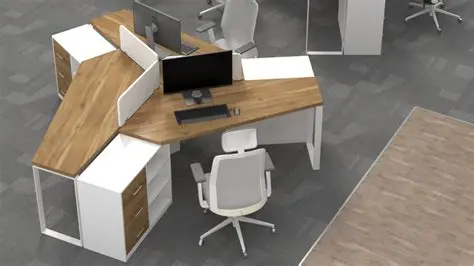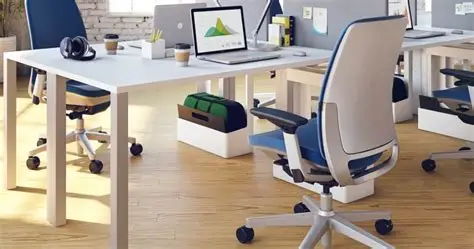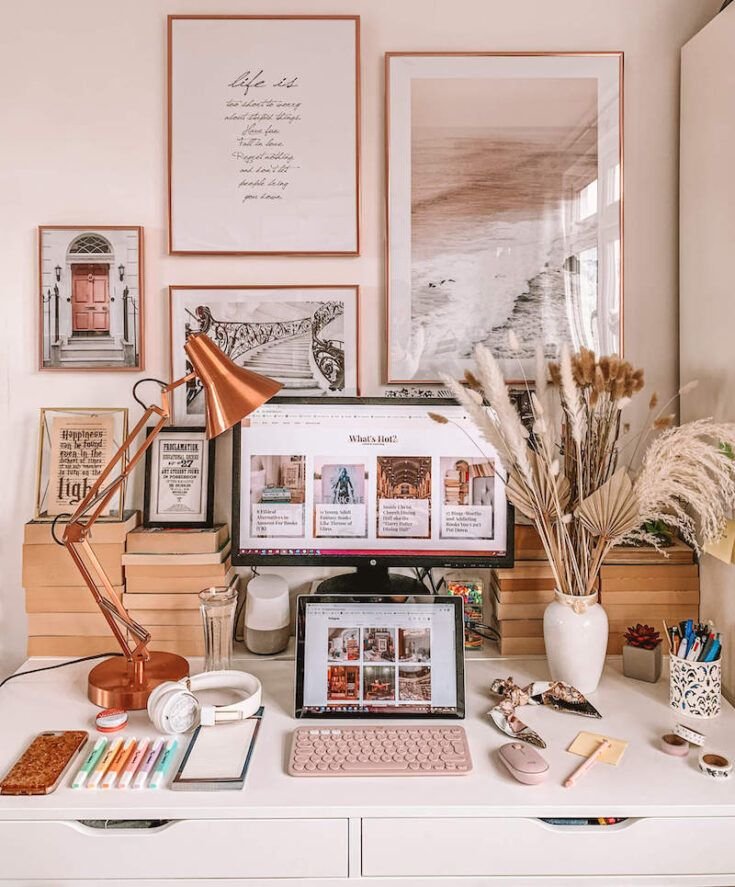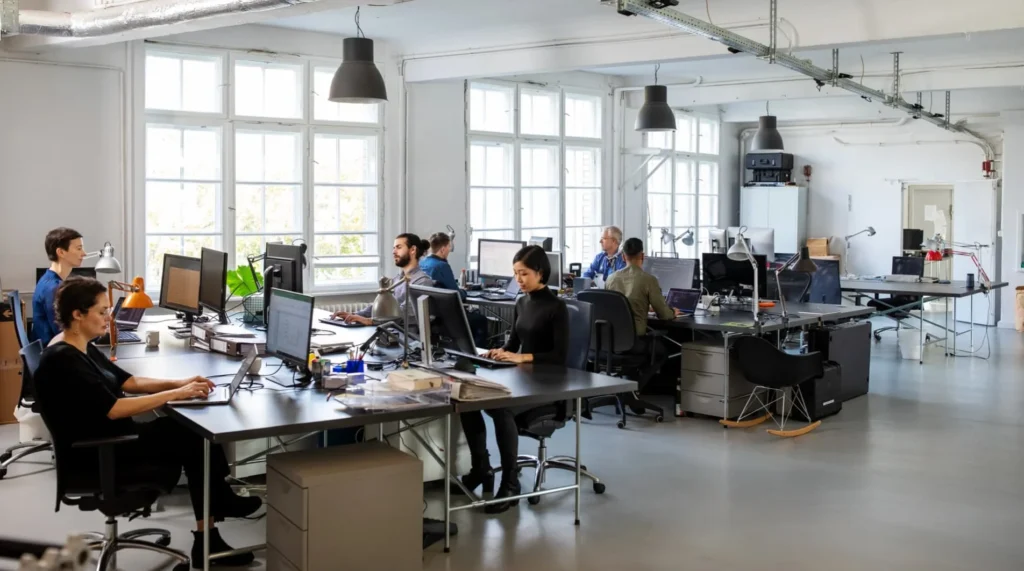
Best Office Furniture Layouts for Productivity
The layout of your office plays a critical role in determining how productive and comfortable you feel throughout your workday. Whether you work from home or in a traditional office, your workspace should be designed to inspire focus, creativity, and collaboration. Office furniture layouts can make a huge difference in achieving this goal. From ergonomic desk arrangements to multi-functional furniture, the way you organize your office can directly impact your work output.
In this article, we will explore some of the best office furniture layouts for productivity, focusing on how to optimize your space to enhance performance and reduce distractions. Let’s dive in.
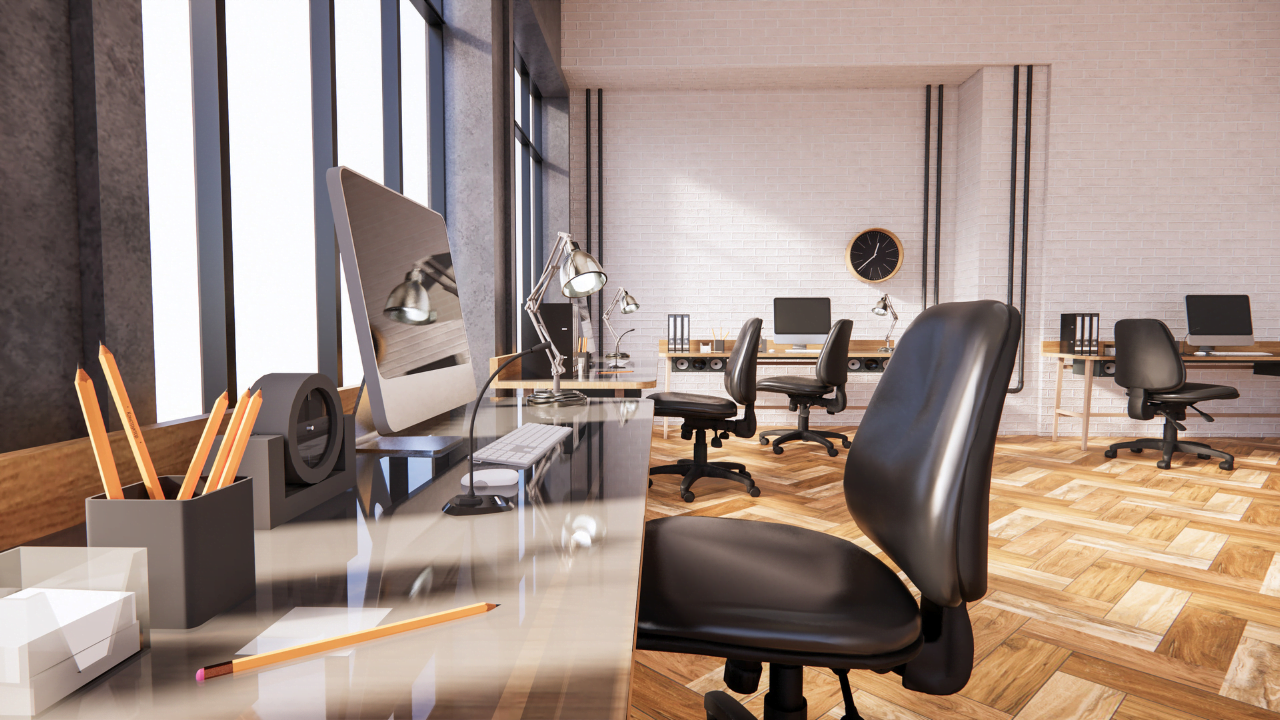
1. Open-Plan Office Layout
An open-plan layout is popular in modern office settings and can be a great choice for promoting collaboration. This layout encourages communication between employees, making it easy to discuss ideas and share feedback. However, it’s important to ensure that there are clear boundaries to avoid distractions.
Key Features of Open-Plan Layout:
-
Workstations arranged in clusters: Multiple desks or workstations are arranged together to foster team collaboration.
-
Minimal barriers or cubicles: No physical barriers between workers allows for more natural interaction.
-
Shared resources: Items like printers, filing cabinets, or office supplies are often centrally located for convenience.
Benefits:
-
Promotes team collaboration and idea sharing.
-
Maximizes space usage, especially in larger offices.
-
Encourages a sense of inclusivity and transparency.
2. The Ergonomic Corner Desk Layout
If your focus is on personal productivity, an ergonomic corner desk layout might be ideal. This layout maximizes your workspace while keeping everything within easy reach. It’s perfect for individuals who require large work surfaces for multiple monitors, paperwork, or creative tasks.
Key Features of Ergonomic Corner Desk:
-
Corner desk design: A desk placed in the corner of the room optimizes space and provides more surface area.
-
Adjustable furniture: Ergonomic chairs and desks that adjust to your body height help reduce strain on your neck and back.
-
Separate storage solutions: Storage like filing cabinets and shelves are within reach but don’t crowd the desk area.
Benefits:
-
Efficient use of space, especially in small rooms.
-
Encourages better posture, which improves comfort and long-term health.
-
Provides a designated, clutter-free workspace.
3. The Collaborative Layout
In a team-based office, a collaborative layout can be the perfect choice. This layout focuses on open spaces and easy access to team members, making it great for brainstorming and collaborative work. It encourages interaction and idea sharing, which can be beneficial for innovation and team projects.
Key Features of Collaborative Layout:
-
Group desks or long tables: Workstations are arranged to face one another, making group discussions easy.
-
Flexible seating: Chairs can be easily moved around, allowing for different configurations.
-
Common areas: Shared spaces for brainstorming or casual meetings.
Benefits:
-
Fosters communication and idea generation.
-
Ideal for teams that regularly work on joint projects.
-
Promotes a dynamic, adaptable environment.
4. The Executive Layout
For high-level executives or individuals with specific leadership roles, an executive layout offers a dedicated and sophisticated space. This layout is designed to convey authority and provide ample space for meetings, strategy discussions, and personal work. It’s often used in senior leadership offices or private study areas.
Key Features of Executive Layout:
-
Large desk or executive table: A large, formal desk often serves as the focal point of the space.
-
Comfortable seating area: A comfortable chair or sofa for informal meetings or personal reflection.
-
Storage and organization: Ample storage for files, personal items, and business documents.
Benefits:
-
Provides a sense of authority and focus.
-
Ideal for private meetings or working on confidential projects.
-
Organized, with plenty of space to keep your materials tidy and accessible.
5. The Minimalist Office Layout
A minimalist layout is perfect for those who prefer a clean, uncluttered environment. This layout focuses on simplicity and functionality, often using sleek furniture and neutral color schemes to create a calming atmosphere. It’s ideal for individuals who need a distraction-free space for deep focus and productivity.
Key Features of Minimalist Layout:
-
Clean, streamlined furniture: Desks with simple lines and few compartments, reducing visual clutter.
-
Neutral colors: Light colors, like white, grey, or beige, help create a calm, peaceful atmosphere.
-
Limited decorative items: Minimal décor ensures that there are no distractions in the space.
Benefits:
-
Reduces visual clutter, which helps with focus.
-
Creates a calm and organized environment.
-
Easy to maintain and keep clean.
6. The Hybrid Layout (Remote and In-Office)
With the rise of hybrid work environments, a layout that accommodates both remote and in-office employees is becoming essential. Hybrid layouts are flexible, with areas for individual work, collaboration, and virtual meetings. This setup is ideal for teams that split time between the office and remote work.
Key Features of Hybrid Layout:
-
Flexible workstations: Desks or pods that can be easily reconfigured for individual or team work.
-
Video conferencing equipment: The space is equipped for virtual meetings, with cameras and microphones.
-
Breakout areas: Comfortable seating areas for informal discussions or relaxation.
Benefits:
-
Supports a mix of remote and in-office work.
-
Fosters team bonding while maintaining flexibility.
-
Accommodates both focused work and collaborative tasks.
7. The Floating Desk Layout
For those with limited space or who prefer a more flexible work environment, the floating desk layout is a smart choice. This layout features a desk that is placed away from walls, creating a more open and airy feel. It’s a great option for small offices or home office spaces where you want to maintain flexibility.
Key Features of Floating Desk Layout:
-
Desk centered in the room: The desk is placed in the middle of the room, often with furniture arranged around it.
-
Free flow of movement: This layout allows for greater flexibility and movement within the space.
-
Open, airy design: A floating desk helps create a spacious feeling, even in smaller rooms.
Benefits:
-
Makes small rooms feel larger and more open.
-
Offers flexibility in movement and arrangement.
-
Encourages creativity and flexibility.
Tip: To maintain organization, use vertical storage solutions or wall-mounted shelves to keep the area clutter-free.
Conclusion
Choosing the right office furniture layout can significantly impact your productivity, comfort, and overall job satisfaction. From open-plan layouts that foster collaboration to minimalist designs that promote focus, there’s an arrangement for every type of work environment. Consider your needs—whether it’s maximizing space, fostering teamwork, or maintaining a calm, distraction-free space—when selecting your office layout. By strategically arranging your furniture, you’ll create a workspace that supports both your well-being and your work goals.

